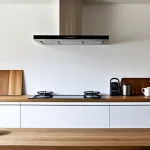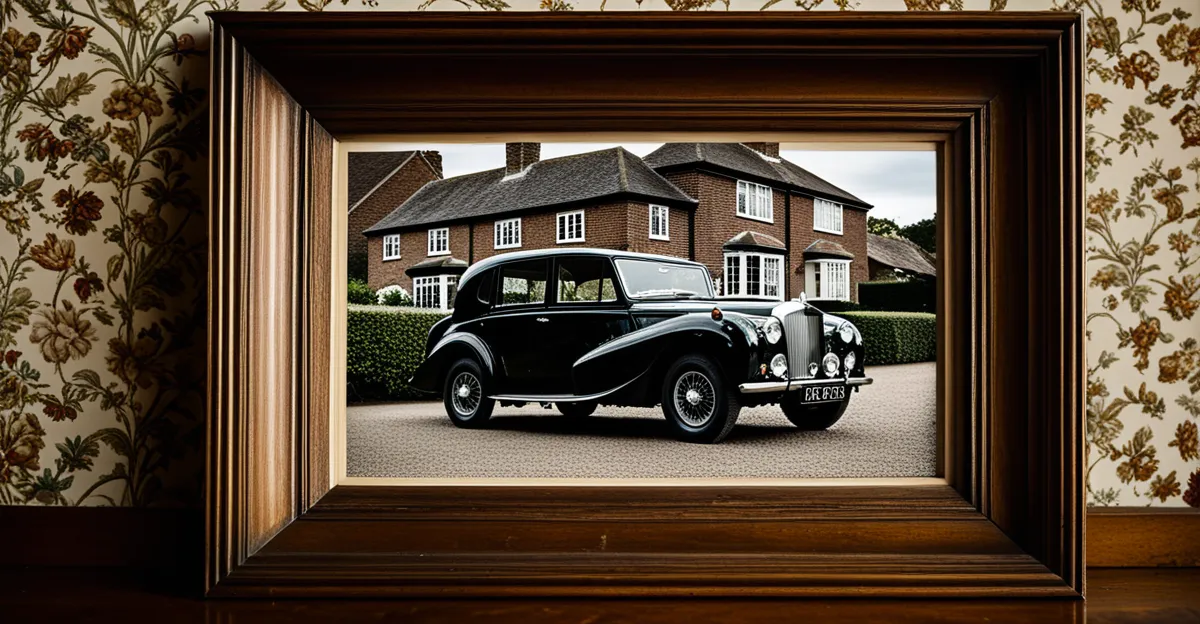Defining Vintage in British Home Decor
Vintage interior meaning in the UK carries a rich and nuanced identity. It primarily refers to decor and furnishings that are at least 20 years old but less than 100 years, creating a delicate balance between historic charm and functional design. British vintage decorating focuses on pieces with timeless appeal, often showcasing craftsmanship that exudes character and history.
To clarify, the difference between vintage, antique, and retro is essential. Antiques are typically over 100 years old and prized for their rarity and historical significance, while retro refers to items inspired by past styles but newly made. Vintage bridges the two, often including mid-century British style items popular in the 1940s to 1970s, a period well-loved for its mix of elegance and practicality.
Also to discover : What are cost-effective ways to renovate your UK bathroom?
Popular vintage periods influencing British interiors range from Art Deco British homes of the 1920s and 1930s to post-war designs marked by simplicity and durability. Understanding these distinctions not only defines vintage style UK but also helps collectors and decorators curate authentic, cohesive British vintage decor tailored to modern tastes.
Sourcing Vintage Pieces Across the UK
Finding authentic vintage pieces in the UK requires knowing where to look. Where to buy vintage furniture UK? Start with well-established UK vintage markets such as those in London’s Portobello Road, Camden, and Spitalfields. These venues offer a diverse selection, from mid-century British style chairs to Art Deco decorative items, catering to various tastes in vintage interior meaning. Regional vintage shops in cities like Brighton, Manchester, and Glasgow are also treasure troves for unique pieces reflecting local character.
Also to see : How Can Sustainable Practices Improve Your Home’s Living Environment?
Online platforms have become indispensable for sourcing vintage home decor. Websites dedicated to UK sellers provide extensive catalogues with filters for style, era, and condition, making it easier to search for British vintage decorating essentials without leaving home. When shopping online or in stores, consider the environmental benefits of sustainable and ethical sourcing. Vintage furniture’s longevity minimizes waste and cuts down demand for new resource-intensive manufacturing, aligning with responsible home decor choices.
To ensure quality, inspect items for wear, authenticity, and repair needs. Many sellers offer restorations or detailed condition descriptions, helping buyers make informed decisions. In sum, whether browsing UK vintage markets or shopping online, a thoughtful approach ensures you collect beautiful, meaningful pieces that enrich your vintage interior meaning.
Decorating Different Rooms with Vintage Finds
Bringing vintage charm into your home involves tailoring vintage living room ideas, vintage bedroom decor UK, and vintage kitchen inspiration to suit each space’s function and style. In the living room, focus on statement British vintage decorating pieces such as mid-century armchairs or Art Deco coffee tables. These create an inviting atmosphere while showcasing vintage interior meaning through authentic textures and finishes. Use vintage rugs and lighting to deepen the sense of history.
For the bedroom, vintage bedroom decor UK excels when incorporating classic furniture like a wrought iron bedstead or retro bedside cabinets. Layer with period-appropriate textiles and floral wallpapers inspired by British vintage decorating traditions to enhance comfort and visual interest. Vintage dressing tables also serve both decorative and practical purposes.
In the kitchen, vintage kitchen inspiration often means combining timeless wooden cabinetry with retro appliances or vintage glassware collections popular in mid-century British style. Consider open shelving to display beautiful, well-preserved crockery. The key is to blend practicality with nostalgia, preserving the vintage interior meaning while supporting modern usability.
Overall, each room benefits from thoughtful curation of vintage pieces, balanced to avoid clutter and highlight craftsmanship. Experiment with textures, colours, and eras to create a cohesive yet dynamic vintage British interior.
Popular British Vintage Styles and Their Hallmarks
British vintage decorating draws heavily from three defining styles: Art Deco British homes, mid-century British style, and post-war classic interiors. Understanding these vintage interior meanings helps in curating authentic decor.
Art Deco British homes, popular in the 1920s and 1930s, feature bold geometric patterns, streamlined shapes, and luxurious finishes like chrome and glass. These elements emphasize glamour and sophistication, ideal for statement pieces such as mirrored cabinets or sunburst mirrors.
Mid-century British style spans roughly from the 1940s to the 1970s and emphasizes functionality, clean lines, and organic shapes. This style often includes teak furniture, tapered legs, and subtle earthy tones, making it perfect for comfortable yet stylish vintage living room ideas.
Post-war British interiors focus on simplicity and durability with practical designs and muted colours. This era highlights affordability without sacrificing quality, often showcased in kitchens with minimalist cabinetry or bedroom furnishings crafted with practical, understated charm.
Blending these eras enriches British vintage decorating, allowing collectors to combine Art Deco’s elegance with mid-century practicality or post-war warmth. The key hallmark across all styles is a commitment to craftsmanship, ensuring each piece carries vintage interior meaning and historical resonance.
Mixing Vintage with Modern Elements in Your Home
Discovering how to blend modern vintage British decor with contemporary touches enriches your living space while respecting vintage interior meaning. A successful mix highlights the charm of classic pieces without overwhelming your home. Start by pairing iconic British vintage decorating staples, like a mid-century armchair, with sleek, minimal modern furniture to create balance. This contrast allows vintage design to stand out while maintaining a fresh, inviting atmosphere.
When blending old and new interiors, focus on colour coordination and texture harmony. Muted tones from post-war classic British interiors often complement modern palettes, ensuring cohesion. For example, a vintage teak sideboard works beautifully against neutral walls, with modern art adding vibrancy.
Avoid common pitfalls such as overcrowding rooms with too many vintage items or mismatched styles that compete visually. Instead, curate a few statement pieces and integrate them with contemporary essentials to maintain flow and functionality.
Eclectic home styles UK thrive on this interplay, giving personal character to your decor. Embracing this fusion lets you honour vintage heritage and adapt it for today’s lifestyle, reinforcing the relevance of vintage interior meaning in a dynamic and stylish way.
Maintaining and Caring for Vintage Home Decor
Caring for vintage furniture UK requires specific attention to preserve its character and longevity. To clean older wood pieces, use a gentle solution of mild soap and water, avoiding harsh chemicals that can strip finishes. For vintage upholstery maintenance, vacuum regularly with a soft brush attachment and spot-clean stains promptly using fabric-appropriate cleaners. This prevents damage and maintains fabric integrity.
Restoring vintage decor often involves addressing wear like scratches or loose joints. Basic DIY repair tips include using wood glue for minor joints, applying wax or polish to rejuvenate wood’s shine, and carefully replacing missing hardware with authentic or reproduction parts. These steps support the vintage interior meaning by retaining original craftsmanship.
For more complex restoration, UK-based professionals specializing in vintage furniture can provide expert repairs, upholstery re-covering, and structural reinforcements. Choosing skilled restorers helps maintain historical value and ensures ethical care.
In all maintenance, balance preserving original elements with necessary repairs to keep pieces functional and beautiful. Regular upkeep not only extends the life of your vintage home decor but also deepens the connection to British vintage decorating traditions, enriching your living space with lasting heritage.











